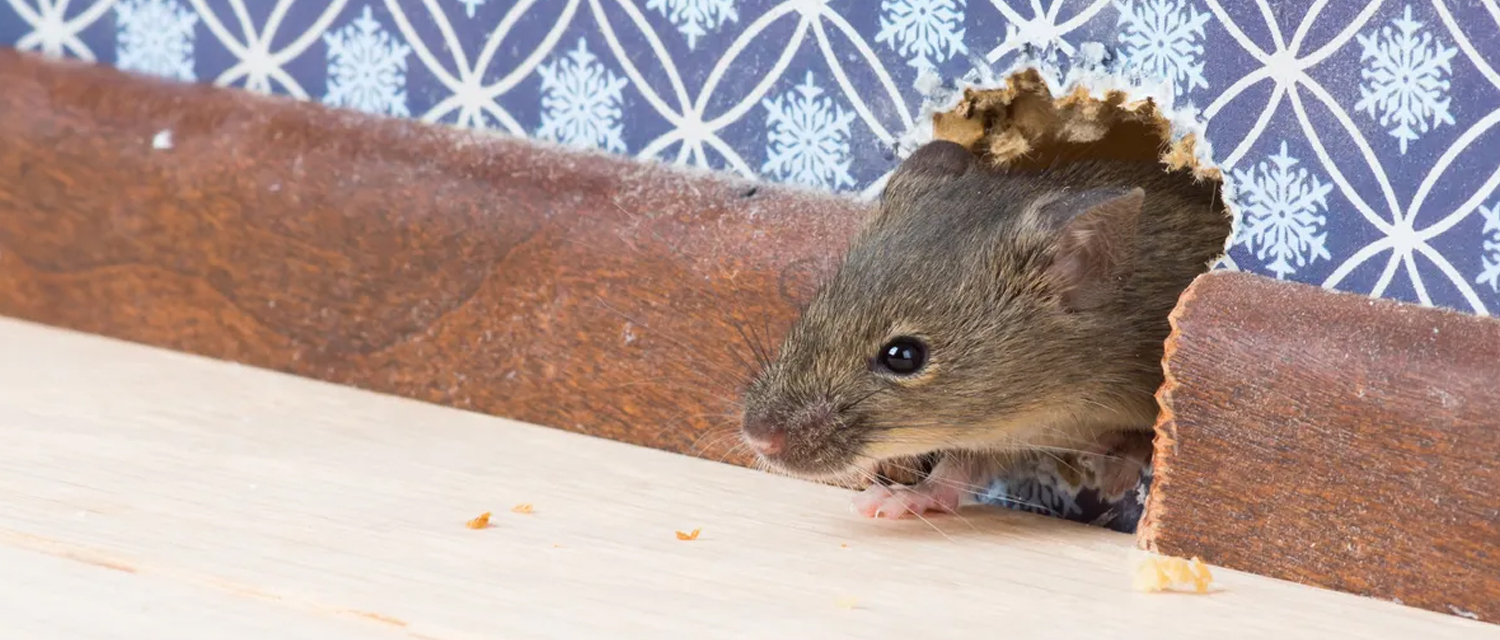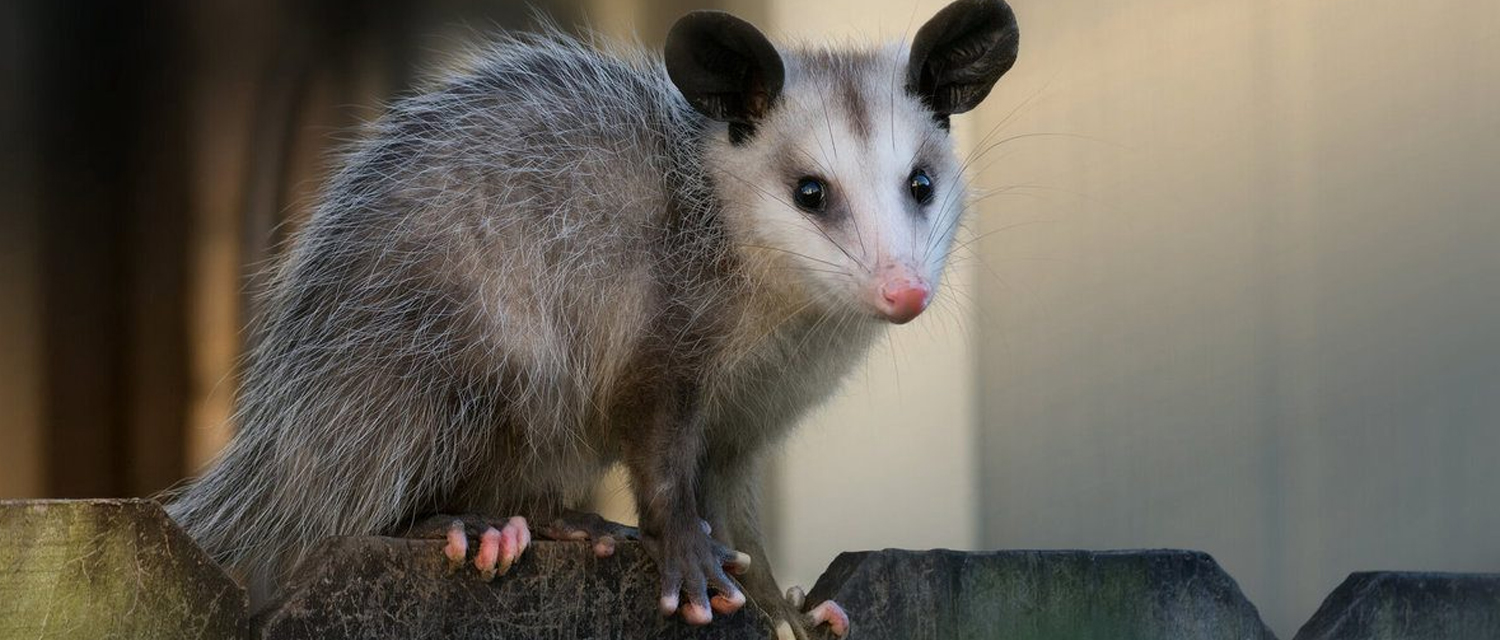Raccoons and possums are often mistaken for one another, especially by people encountering wildlife for the first time. Both are nocturnal, furry, and adept climbers, making it easy to see why confusion arises.
However, understanding the key differences between these two species is important. Correct identification helps in choosing appropriate deterrents and wildlife management strategies, and ensures compliance with local wildlife laws.
In this guide, we’ll explore the physical traits, behaviours, habitats, and legal status of raccoons and possums, so you can tell them apart with confidence.
Physical Differences
Raccoons and possums may look similar at first glance, but several distinctive physical traits help tell them apart:
1. Size and Body Shape
- Raccoons: Medium-sized mammals, typically 40–70 cm long, with a stocky build.
- Possums: Smaller and lighter, ranging from 25–50 cm long, often with a slimmer body.
2. Fur and Colour Patterns
- Raccoons: Greyish-brown fur with a distinctive black “mask” around the eyes and ringed tail.
- Possums: Fur can be grey, brown, or black, usually without facial masks; tails vary by species (prehensile in some).
3. Facial Features
- Raccoons: Pointed snout, small, rounded ears, prominent black eye mask.
- Possums: Shorter snout, large, rounded eyes (well adapted to night vision), sometimes bushy tails.
4. Tail Differences
- Raccoons: Bushy, ringed tail.
- Possums: Often prehensile, used for climbing; some species have smooth tails.
By noting these physical features, you can quickly distinguish a possum from a raccoon, especially in urban and garden settings.
Behavioural Differences
Raccoons and possums also differ significantly in behaviour and lifestyle, which can help in identification and management:
1. Activity Patterns
- Raccoons: Strictly nocturnal, but highly adaptable; may forage in urban areas at any hour.
- Possums: Primarily nocturnal, with peak activity at night; avoid human interaction where possible.
2. Feeding Habits and Diet
- Raccoons: Omnivores; eat fruits, insects, small animals, eggs, and human food scraps.
- Possums: Mostly herbivorous; eat leaves, fruits, flowers, and occasionally small insects.
3. Social Behaviour
- Raccoons: Solitary for most of the year, except mothers with young.
- Possums: Varies by species; some are solitary, others may share dens.
4. Interaction With Humans
- Raccoons: Bold and curious; may rummage through bins and gardens.
- Possums: Generally shy, avoid humans, and are more likely to retreat when disturbed.
Understanding these behavioural differences helps in choosing effective deterrents and preventing unwanted encounters.
Geographic Distribution
Raccoons and possums occupy very different regions, which is an important clue for identification:
1. Raccoons
- Native to North America — The United States, Canada, and parts of Mexico.
- Introduced populations exist in Europe and Japan, but they are not native.
2. Possums
- Native to Australia and New Guinea.
- Several species have been introduced to New Zealand, where they are considered invasive.
- Common species in Australia include the common brushtail possum and ringtail possum.
Knowing where you are geographically helps narrow down which species you’re dealing with, especially when taking action to protect your home or garden.
Habitat Preferences
Raccoons and possums differ in the types of environments they prefer, which affects where you’re likely to encounter them:
1. Raccoons
- Prefer forests, wetlands, and urban areas with easy access to water.
- Highly adaptable; often forage in garbage bins, attics, and gardens.
- Dens in tree hollows, abandoned burrows, or under buildings.
2. Possums
- Prefer trees, roof spaces, and gardens, often in suburban or rural areas.
- Nest in tree hollows or man-made structures like attics.
- Less reliant on water; primarily forage for leaves, fruits, and flowers.
By understanding habitat preferences, you can predict where each species might be active and implement effective management strategies.
Legal Status
Knowing the legal protections for each species is crucial, especially when considering removal or deterrence:
1. Raccoons
- In their native North America, raccoons are generally not protected and can be managed according to local wildlife or pest regulations.
- In regions where they are introduced, such as Europe or Japan, local laws may restrict trapping or relocation.
2. Possums
- Native to Australia, possums are protected under state and territory wildlife laws.
- It is illegal to harm, capture, or relocate possums without a proper permit.
- Licensed wildlife handlers are recommended for safe removal from roofs, gardens, or urban areas.
Understanding legal status ensures that wildlife management is safe, responsible, and compliant with the law.
Why Correct Identification Matters
Telling raccoons and possums apart isn’t just about curiosity — it’s essential for effective and lawful wildlife management:
1. Choosing the Right Deterrents
- Raccoons and possums have different behaviours, diets, and climbing abilities, meaning deterrents that work for one may not work for the other.
2. Legal Compliance
- Possums are protected in Australia, while raccoons may not be in their native or introduced regions.
- Misidentification can lead to unintentional harm or legal consequences.
3. Health and Safety
- Knowing which species you’re dealing with helps assess potential risks, such as parasites or disease transmission.
4. Avoiding Ineffective Measures
- Correct identification ensures your efforts — whether DIY deterrents, habitat modifications, or professional possum removal — are safe, targeted, and effective.
Accurate identification is the first step toward humane, responsible, and successful wildlife management.
Conclusion
While raccoons and possums may look similar at first glance, they differ in physical traits, behaviour, habitat, and legal status. Correct identification is crucial for choosing effective deterrents, ensuring legal compliance, and protecting both humans and wildlife.
Whether you’re in Australia dealing with possums or elsewhere managing raccoons, understanding these differences allows you to take appropriate, safe, and humane action. Contact licensed professionals for advice on safe removal, deterrents, and possum-proofing — keeping your home secure while respecting local wildlife laws.







